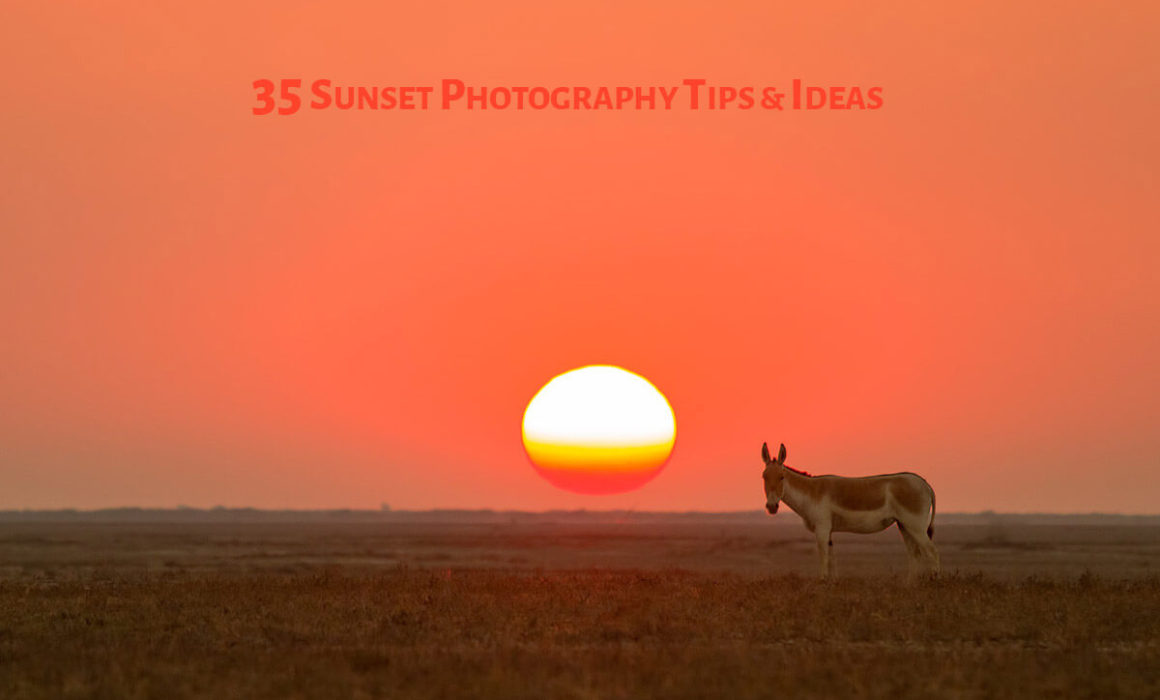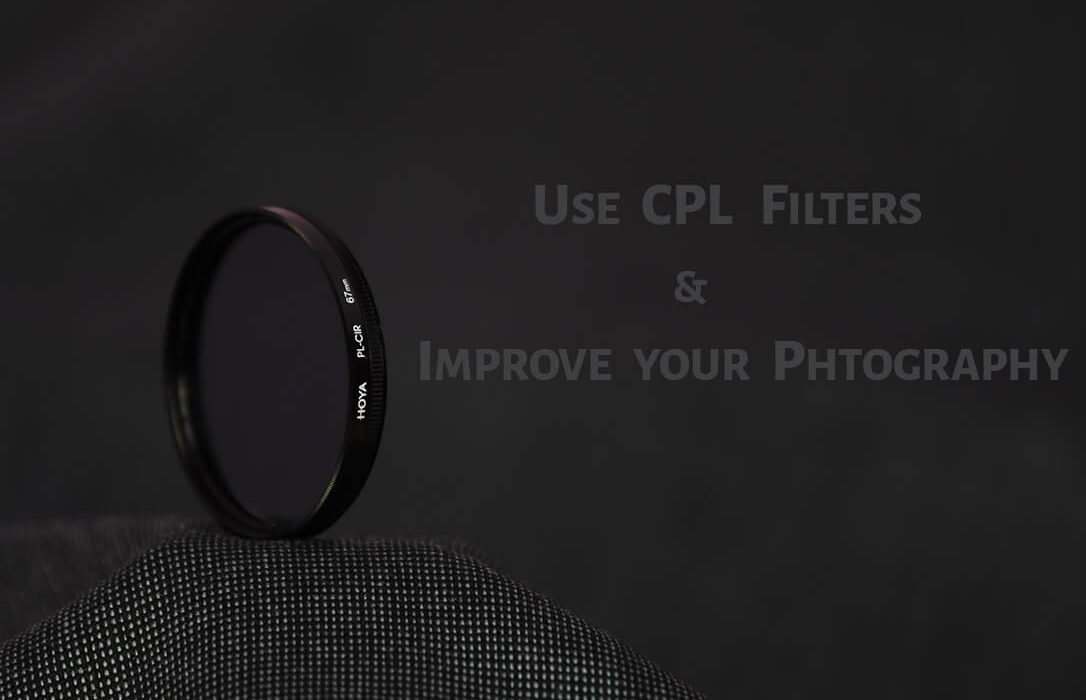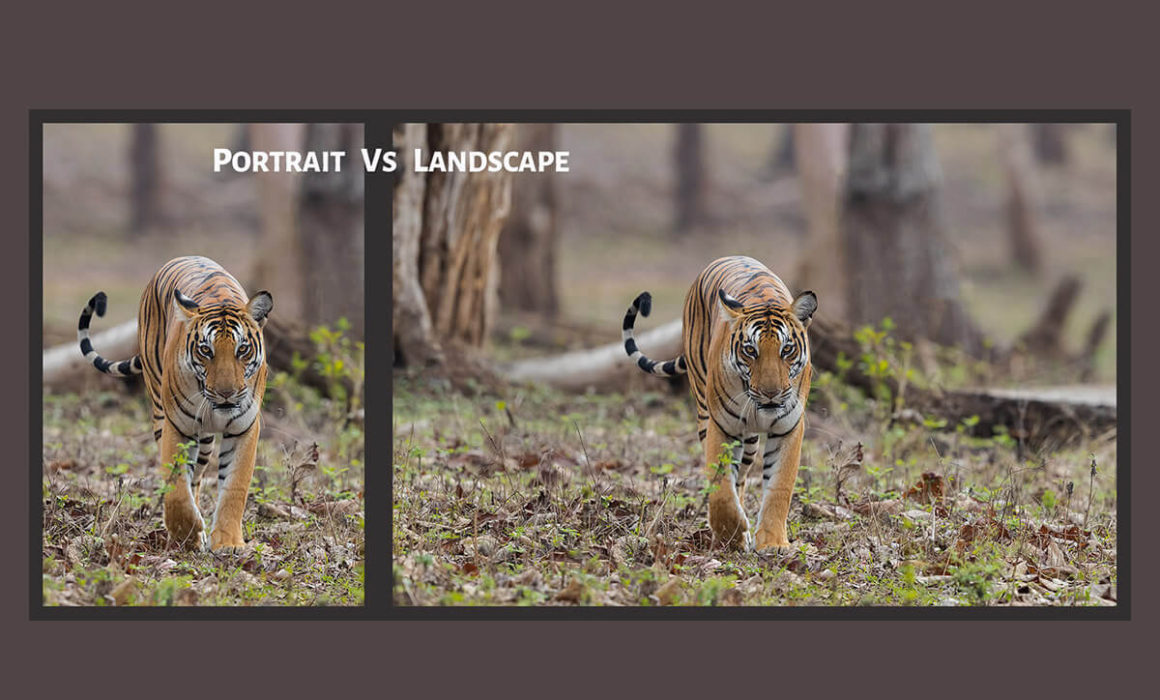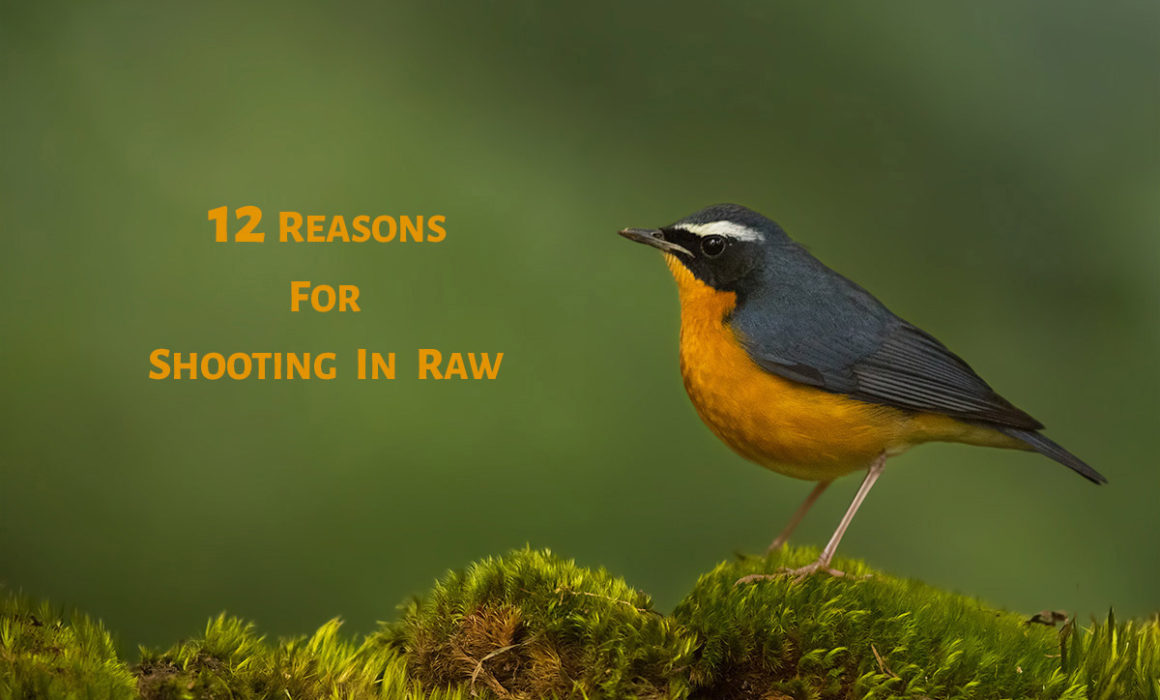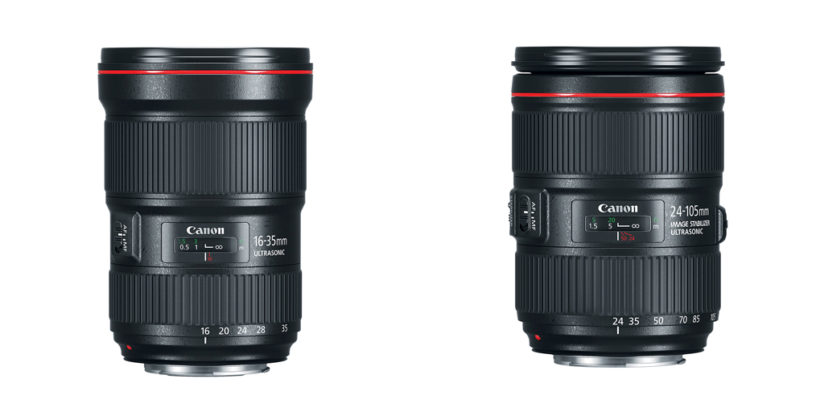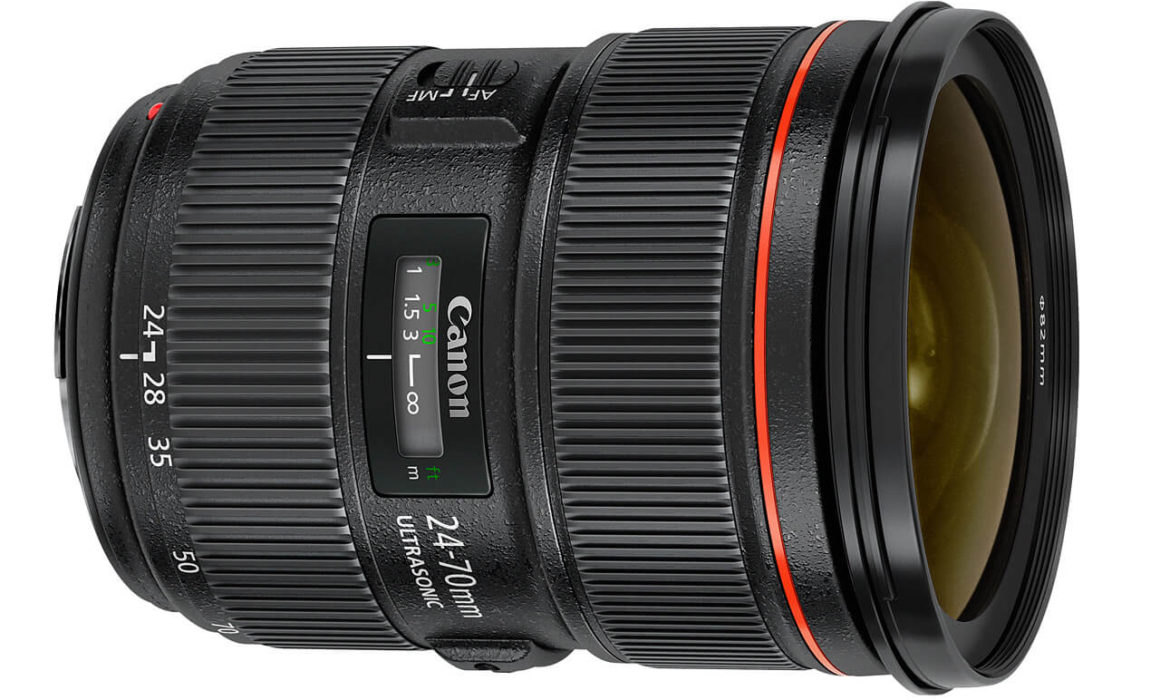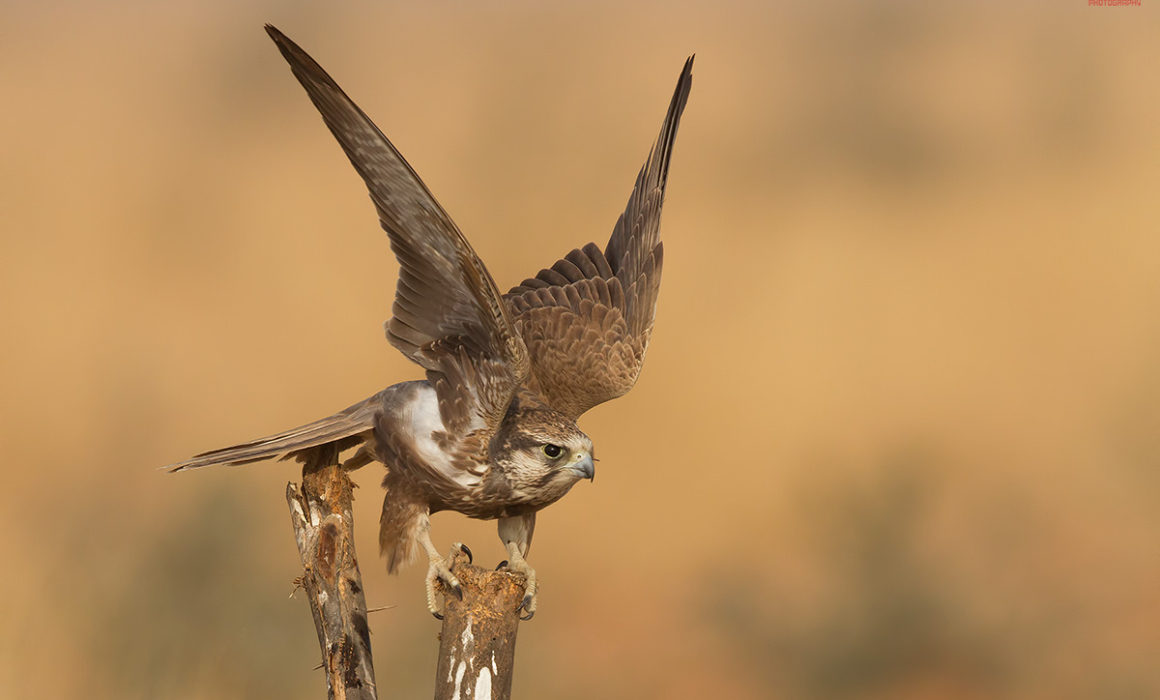Photographing the Bird Of Paradise was like a dream come true for me. I badly wanted to see these beautiful highly evolved bird species on earth after watching the documentary by Cornell lab Of Ornithology. Many thanks to my dear friend Sabu for arranging such a wonderful trip.
We all know that the colors produced during sunset are so beautiful that we can’t take eyes from it. The dynamic range of a digital camera is less than that of the human eye. Thus, we may not be able to reproduce all the details during the sunset scene into an image. But, still, you can capture the entire beauty of the sunset if you use the correct camera settings and technique. In this guide, I will share the best sunset photography tips based on my experience.
If you are into landscape photography, then you would have come across the term camera filters. You may have heard about CPL filter or Circular Polarizer Filter. The question is, do you really need a CPL filter for photography? To answer this question, let us see what all things this CPL filter can do. It will help you to decide whether to use one or not.
Portrait Vs Landscape, this is the question that comes to a photographer’s mind while shooting. It has left me confused in many situations. Should I shoot in Landscape Mode or go for Portrait orientation? The answer to this question is quite simple. It is actually the photographer who decides whether to compose the picture in landscape or portrait orientation. You must know the key differences between these two orientations. It will help you to decide which is best for you. Let us see, how shooting in different orientations can affect the image.
Should I shoot in RAW or JPEG format? This is the question that comes into the mind of many who have just started photography. There are many advantages of shooting in RAW over JPEG. In this guide, I will share all the differences between the RAW and JPEG image file formats. It will help you decide which is best for you.
Camera lens plays an important role in image formation. So, you should ensure that the camera lenses are kept neat, clean and well protected. Let us have a look at the 12 ways to take care of camera lenses.
Read More
Canon has a great line up of portrait lenses. Let us see which all are the Best 5 Canon Lenses for Portrait photography.
A tripod is one of the must-have camera accessories for a photographer. It helps you get a steady shot, especially in low-light conditions. But there are some factors to consider before buying a tripod. I will list out all the things that you need to check before buying one. It will help you to select the right tripod. You can use this as your tripod buying checklist.
When we hear about low light photography, the first thing that comes to our mind is night photography. Low light conditions happen not only during the night but also during many other times of the day. Many struggle to capture good pictures in low light conditions. I have photographed many images in low light conditions. I will share all the tips that I use to get the best results. You can also use these tips to ensure to get good images in low light next time.
The Depth of Field in photography can be defined as the distance between the subject and surrounding area that are in focus and the background that is out of focus. In another words, it is the range that appears to be sharp. Understanding the depth-of-field and using it wisely can make the difference between an ordinary photograph and a beautiful one.


